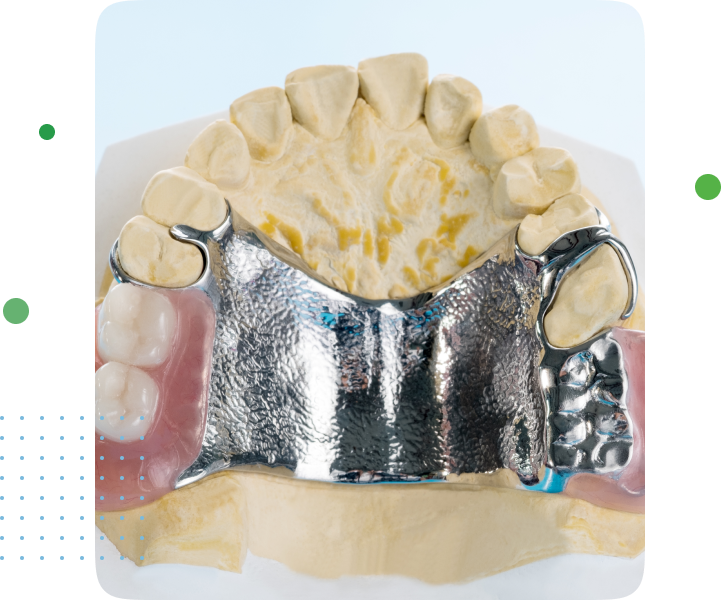BONE GRAFTING
Bone grafting is a procedure wherein bone tissue is transplanted and is used to fix problems with joints or bones. This surgical procedure is beneficial for fixing bones that are damaged by trauma, problem joints, growing bone around an implanted device, or filling a void where the bone is absent.

In dentistry, bone grafting is used to prepare a patient who needs dental restorations done, such as bridgework or dental implants, and lacks the sufficient height, depth, and/or width in the jawbone. If the jawbone has receded or sustained significant damage, it won’t make a good base to support the restoration work. Even if no restoration work is needed, a bone graft could be beneficial for limiting further bone recession following tooth extraction, periodontal disease, or another invasive procedure.
There are several types of bone grafts:
An autogenous bone graft uses bone from the patient’s own body. This is the preferred method because it has the most predictable results.
An allograft bone graft uses bone from a deceased donor or cadaver. This bone has been cleaned and is stored in a tissue bank.
A xenograft uses cow bone. Your doctor will discuss your options with you and determine which is most appropriate for your needs.
Bone grafting procedure can take several months to complete. The bone is taken from its source, applied to the affected site, then left to fuse with the existing bone. In some cases, if only a minor graft is needed, the dental procedure can proceed in the same visit. Your dental specialist will make that decision; the goal is to get your jawbone in a state that is strong enough to support dental restoration.
Still have more questions about bone grafting? Call us now to schedule a consultation at Spring Creek Forest Dental.